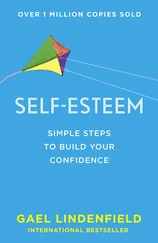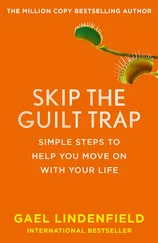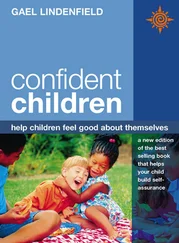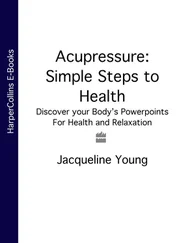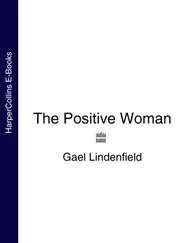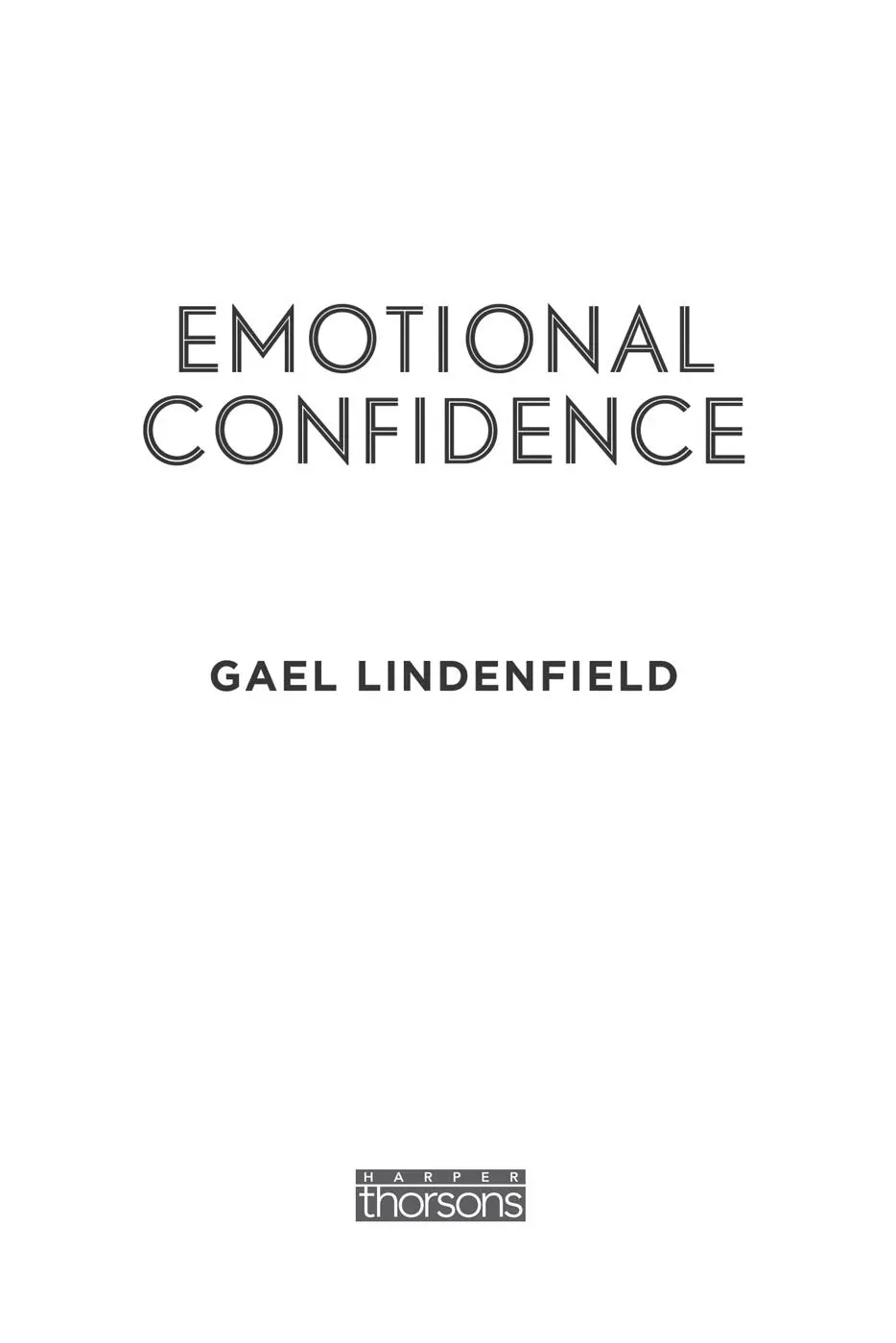
To Kathryn Edwards
– to whom I shall be everlastingly grateful for underpinning my own emotional confidence with so much practical and emotional support during those testing few weeks following the death of my daughter Laura
Cover
Title Page
Dedication To Kathryn Edwards – to whom I shall be everlastingly grateful for underpinning my own emotional confidence with so much practical and emotional support during those testing few weeks following the death of my daughter Laura
Acknowledgements
Note to 2014 Edition
Introduction
How to Use this Book
Why We Need Emotional Confidence
25 Compelling Reasons for Building and Maintaining Emotional Confidence
Part 1: Three Keys to Building Emotional Confidence
Key 1: Tame Your Temperament – with Emotional Understanding and Skill:
Understanding How Feelings Work
Skills for Taking Control
Key 2: Soothe Your Sensitivity – with Effective Emotional Healing:
Why We Need to Heal Emotional Wounds Promptly and Efficiently
The Emotional Healing Strategy
Key 3: Harness Your Habits – with Positive Strategies for Runaway Feelings:
Guilt
Shame
Anger
Fear
Jealousy
Envy
Apathy
Unbridled Love
Part 2: Maintaining Emotional Confidence
Further Reading and Resources
By the same author
List of Searchable Terms
Other Titles in This Series
Copyright
About the Publisher
I would like to thank everyone who has given me and my family emotional and practical help during the very difficult months after my daughter, Laura, died. Without your support this book could certainly not have been written.
I am particularly grateful to my editor, Wanda Whiteley, and many other staff at Thorsons who always responded with such care and concern when I informed them of yet another setback in the writing of this book. I know that the late delivery of the manuscript has caused pressure to very many people who have been involved in its production and I am so appreciative of their willingness to work at breakneck speed to enable us to reach our deadline date.
I would also like to thank Tiffany Thomas for helping me with the background academic research to the book.
Finally, I would like to thank my husband Stuart, for his unfailing emotional support and for getting up at the crack of dawn to do yet another edit on yet another book.
Since writing this book, interest in the workings of our emotions and how to manage them better has soared. So too have the level of research and the development of new therapeutic techniques escalated. However, I believe that this self-help guide remains a very useful tool for anyone who wants to try to understand how to manage their feelings in everyday life much better. I still use the exercises and techniques in my work with clients.
I also found that re-reading this book was a useful reminder for me! Gaining better control of my own feelings was crucial to the building of my own confidence. And, because many of my own unhelpful emotional responses and behaviours leap back into action when I am overly stressed, I need to keep the wisdom and techniques in this book in the forefront of my mind. I hope that you will find this new edition enlightening and helpful.
Challenging but highly justified questions which have been thrown at me throughout my career, not just by interested or cynical others but by my own carping conscience. When writing a book, in particular, I have had to learn to live with this kind of unrelenting internal inquisition. But never until I took on the task of this one has ‘real life’ put me and my manuscript through so many continual testing trials.
For many years I had been wanting to write a self-help programme to help others develop the emotional skills which I had to acquire for myself in such a random ‘pot-luck’ fashion over several decades. For most of my early adult life my ‘uncontrollable’ feelings had wrought havoc on my life and health. Learning how to take control of the emotional side of me had been a crucial factor in the building of my own self-confidence, had enabled me to be the kind of person I could respect and had given me the kind of lifestyle and relationships I had always wanted.
| Do you really practise what you preach? The theory’s fine but have you tried it out in real life? Everyday problems – yes, but would you and your strategies stand the test of a major trauma? |
I was therefore thrilled when, in January 1996 at a brainstorming session with my editor, I finally settled on the title and plan for this book. I returned from London inspired and motivated. My brain was buzzing with exciting ideas for new strategies and exercises. A few days later, on the morning of Sunday, January 28th, I sat with my diary and began to outline my writing schedule. By 9 o’clock that same evening, however, my own emotional confidence had completely collapsed: my 19-year-old daughter Laura had been killed in a freak car accident and I was living my most dreaded nightmare.
I plunged hysterically into an uncontrollable whirlpool of intense grief and deep despair. Not only did I think I would never again recover my emotional equilibrium, I didn’t actually want to do so. When the following day I began to be taunted by an inner voice which said, ‘Now, let’s see if your fancy theories can get you through this one, then!’ , I found I didn’t care. My whole life, not just my work, seemed pointless. I no longer felt the person I thought I was. I rejected comfort and was useless at comforting. I was quite unable to help even those whom I loved and who shared my pain.
But my inner voice was wrong. Eighteen months later, not only had my emotional health been repaired, I am convinced that it had also been strengthened. Furthermore, I wrote this book in spite of a number of other serious setbacks.
So it was with increased confidence in its contents that I wrote this Introduction. I am quite sure that without the knowledge and skills which I am now sharing I would not have had the strength or motivation to take up my life again in the way that I know Laura would have wanted me to do.
What Is Emotional Confidence?
This is a short-hand term which I use to describe a particular component of self-confidence. We sense it within ourselves when we know we can rely on our ability to be in full control of our feelings.
When I am working on changing some aspect of myself or my behaviour, I have always found it helpful to keep an image of an ideal role-model in my mind. Although ‘good-enough’ standards are all that are required, this imaginary, faultless figure is an inspirational and a useful measuring tool.
Should some fortunate person ever possess rock-solid, enduring emotional confidence, we would expect them to be able to:
• freely experience a full rich range of emotions from deep despair and gut anger to exhilarating joy and tender love without ever worrying that their heart will rule their head – so they would never think or say:
Читать дальше




